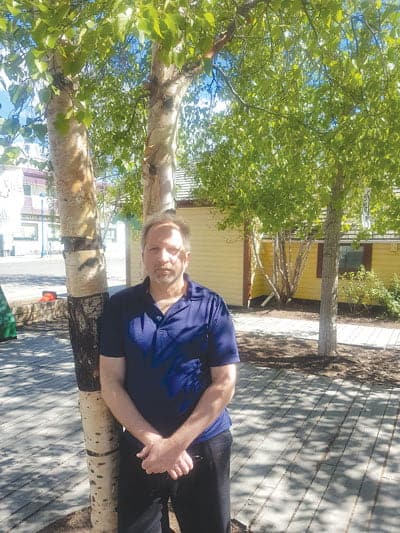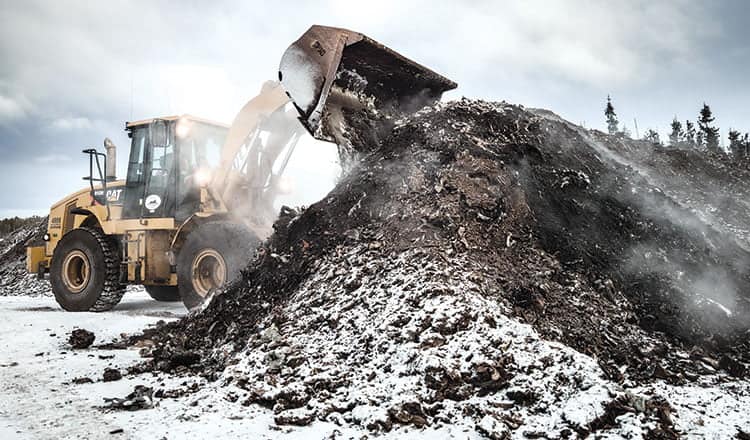
Yukon Innovation Prize finalist Michael Gerasimoff wants to help transition heating in the Yukon from fossil fuels to biomass (wood) while maintaining the excellent air quality that is a cherished aspect of living in the North. Gerasimoff has a background working in climate change and engineering fields and is a registered professional engineer in geology. His project plans to apply the old principle of “static cling” in order to collect particulate that would be emitted when biomass is burned.
“The operating principle is well-known and goes back over 100 years,” Gerasimoff said. “This application of the principle is for residential wood smoke.”
He plans to produce a unit that would be attached at the end of the venting stack on an installed stove. Using an electronic device at high voltage and converting it to direct current (DC) charge, installations would connect one half of the circuit to where users plan to collect the particulate. The other half is connected to the emitter and, if it’s appropriately shaped, the gases are ionized, creating a plasma. This electrically charged gas charges the particles so that they are attracted to the collector to neutralize. These particles get stuck to the collector and stay there. An acceleration equal to between 30 and 3000 g’s of force is exerted on them when charged. A layer of dust collects over top and locks the particles to the collector.
“It is seen as a per installation on the stove pipe to collect at source,” Gerasimoff said. “Ideally, you would only see water vapor.”
This reduction in particulate could be a key to improving biomass as a viable tool in reducing greenhouse gas emissions. While burning biomass for heat is a carbon neutral (aside from fossil fuels used during its collection), the pollution emitted in particulate matter can create serious air quality issues. Riverdale residents who remember when “no burn” days were necessary due to excessive wood smoke in the neighbourhood can attest to that concern.
Gerasimoff indicates that the air quality difference is quite pronounced. The average Environmental Protection Agency (EPA) woodstove used for heat delivered into the house produces approximately 5,000 times as much particulate pollution as an oil-fired furnace.
“In the City of Whitehorse, with an assumption of 5,000 houses, one woodstove doubles the output of pollution,” Gerasimoff said. “We are strictly talking particulate discharge and air quality. The World Health Organization has identified fine particulate as a health risk.”
Converting to biomass without addressing the particulate could actually result in worse air than just diesel. That fine particulate can get through the filters in our breathing systems. Gerasimoff notes that the finest particulate can actually get into our blood streams, including those benzene-like compounds that are carcinogenic.
Gerasimoff’s method hopes to get 99.9 per cent efficiency, which would bring biomass particulate stove emissions to the same level as a well-run, high-efficiency oil or propane furnace.
There is a push to get isolated off-grid communities off their reliance on diesel. Biomass is one of the potential fuel sources. Gerasimoff sees this technology as having potential application across the North. Now, with the effects of climate change, areas that used to be above the treeline will also have access to biomass.
“Past the treeline and tundra areas, we’re seeing temperature rises,” he said. “Shrubs to small shrubs and trees, including willows and poplars that are well-known species for biomass and cropping.
“Fort McPherson and Old Crow have more than enough biomass.”
The 2019 Yukon Innovation Prize is presented by the Cold Climate Innovation Centre at Yukon College and the Department of Economic Development. The four finalists were selected for the high commercialization potential. They were provided $10,000 to further develop their idea and the prize winner will be announced in late June and will receive a further $60,000.




